Media | Articles
Pontiac Ram Air GTOs through the years
You can argue all you want whether the Pontiac GTO is the granddaddy of all muscle cars, but what isn’t up for debate is that, for much of the muscle car era, Pontiac improved its top engines year after year. Can any other manufacturer say the same? Each successive Ram Air engine was an improvement over the previous year’s. Why was this? Perhaps it was General Motors’ edict limiting all production mid-size cars to engines with 400 or less cubic inches through 1969, exempting Corvette of course.
At the recent Muscle Car and Corvette Nationals in Chicago, Jim Mattison from PHS Historic Services organized a visual history of Ram Air GTOs to show the evolution—here’s the rundown.
1965 Air Scoop Package

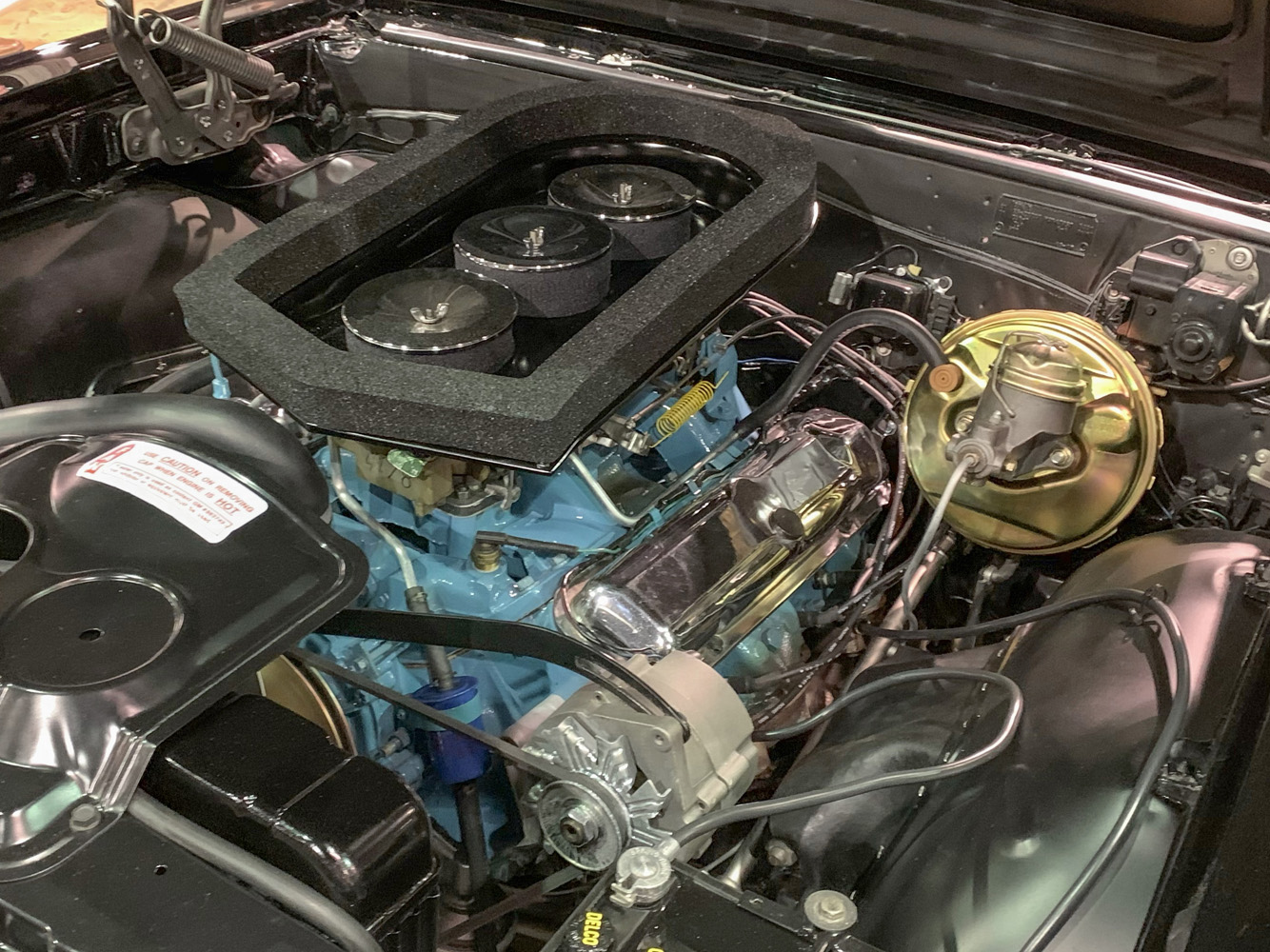
Pontiac introduced an “air scoop package” towards the end of the model year that was a combination air scoop and air cleaner designed to take advantage of the hood scoop that was ordinarily non-functional on GTOs. Available only over the counter and only for the Tri-Power 389, the package included an air scoop with gasket, and replacement hood ornament.
1966 “XS”
Marketplace
Buy and sell classics with confidence

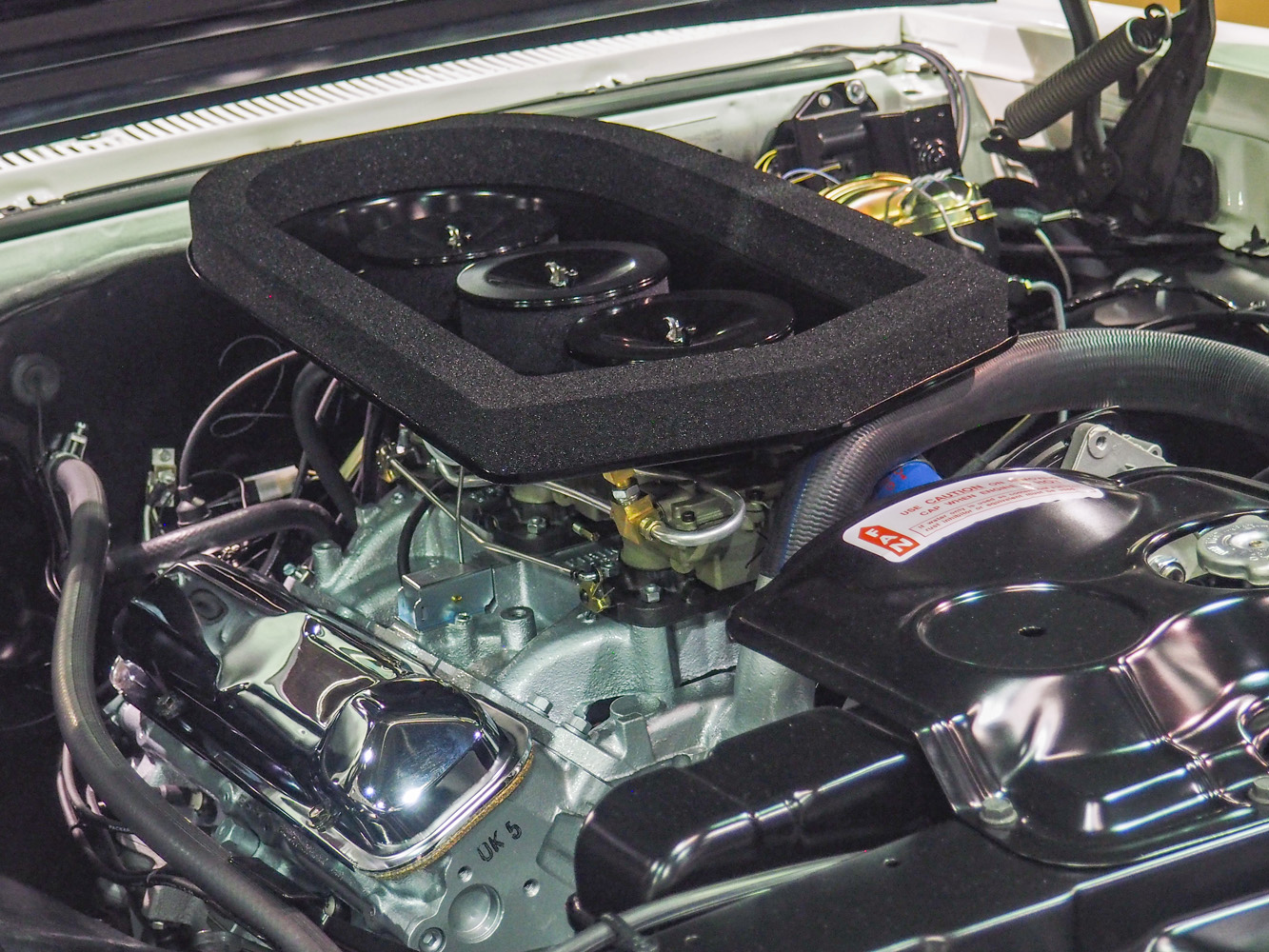
The ram air accessory kit continued to be available in 1966, but sometime during the model year, Pontiac introduced its first “true” Ram Air engine. Known later as “XS” due to its engine code, it went beyond the run-of-the-mill Tri-Power thanks to a new high-duration “744” camshaft (with 301/313 degrees of duration and .406/.406-inch lift), stronger valve springs with dampers, and 4.33 gears. Pontiac records show 190 engines manufactured but not the exact number installed at the factory.
1967 Ram Air


The GTO featured a new, upgraded 400-cubic-inch engine available in four states of tune, with Tri-Power being relegated to the dust bin after GM decided it was only politically correct for Corvettes. Yet those with racing in their blood could order the 360-horsepower 400 Ram Air, which was available for the full model year. The 744 cam was carried over, and the heads were shared with other GTO engines through May 1967, when “997” heads (with polished valves and stronger springs) were phased in. Streamlined exhaust manifolds, shared with the 400 HO, were also used.
1968 Ram Air
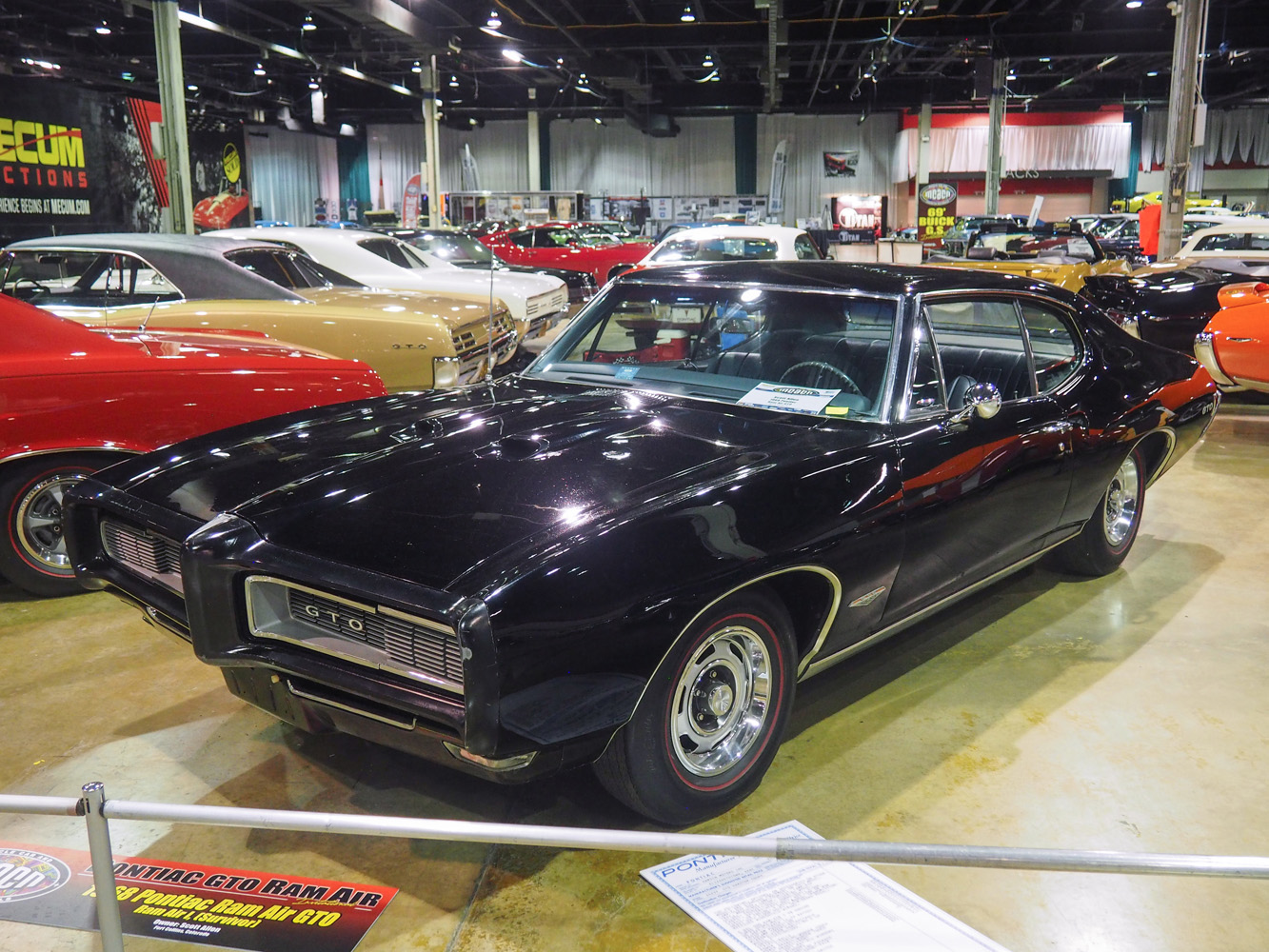
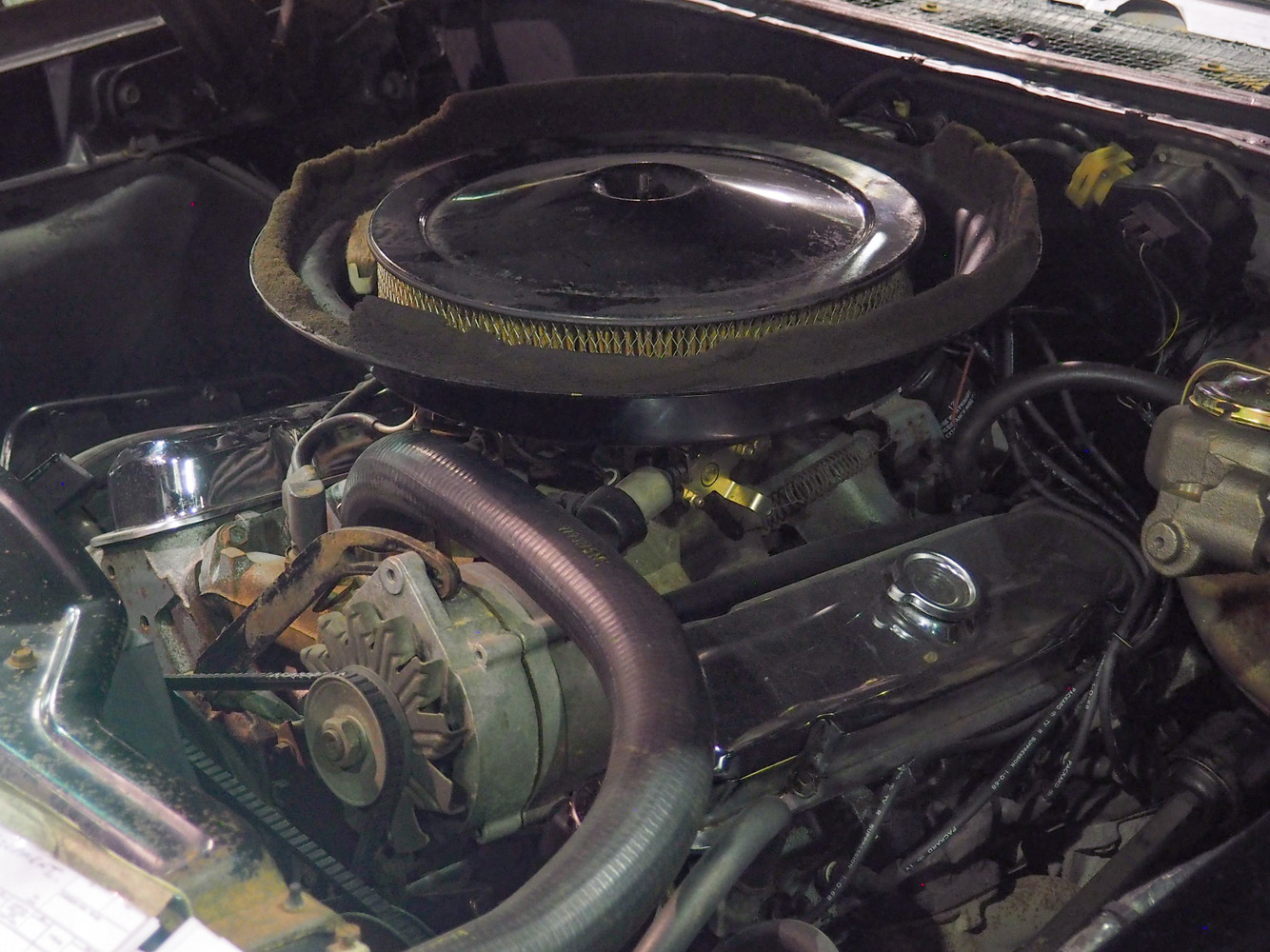
The 360-horsepower 400 Ram Air was relatively unchanged but now was installed in a curvy new GTO that garnered the Motor Trend Car of the Year award. Four-speeds continued to use the 744 cam, while automatics used the “068” cam (288/302 degrees of duration with .406/.406 inches of lift) that had been used for the 400 HO. This and the 1967 iteration have been retroactively named “Ram Air I” because…
1968½ Ram Air II:
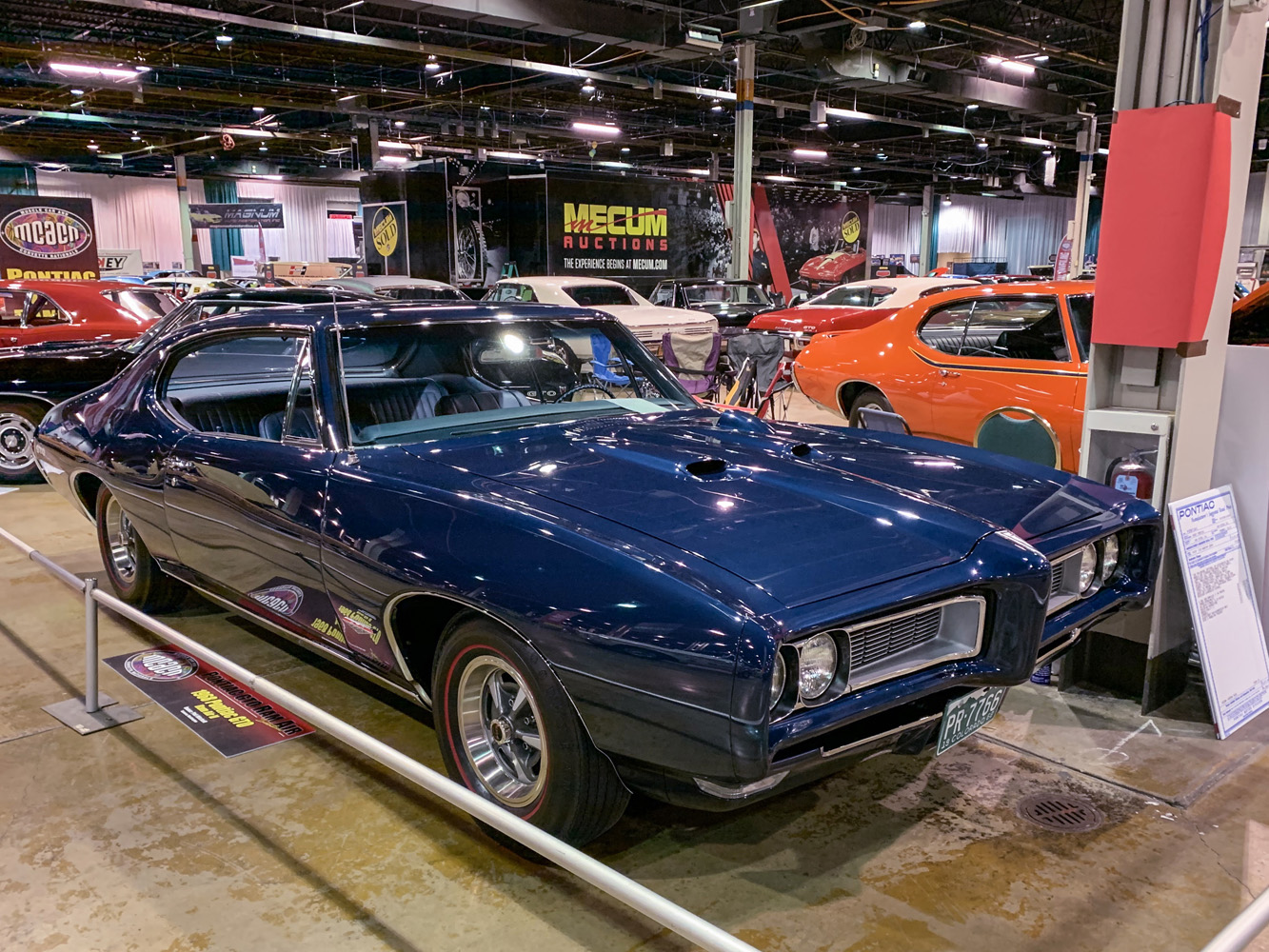
…In April 1968, Pontiac made a running change for the 400 Ram Air engine and called it Ram Air II. Updates included “96” round-port heads with better airflow, and the “041” camshaft with 308/320 degrees of duration and .469/.469-inch lift. In production for less than five months, it’s the rarest (246 cars) and most enigmatic of the Ram Air engines. According to some, it’s also the fastest.
1969–70 Ram Air III
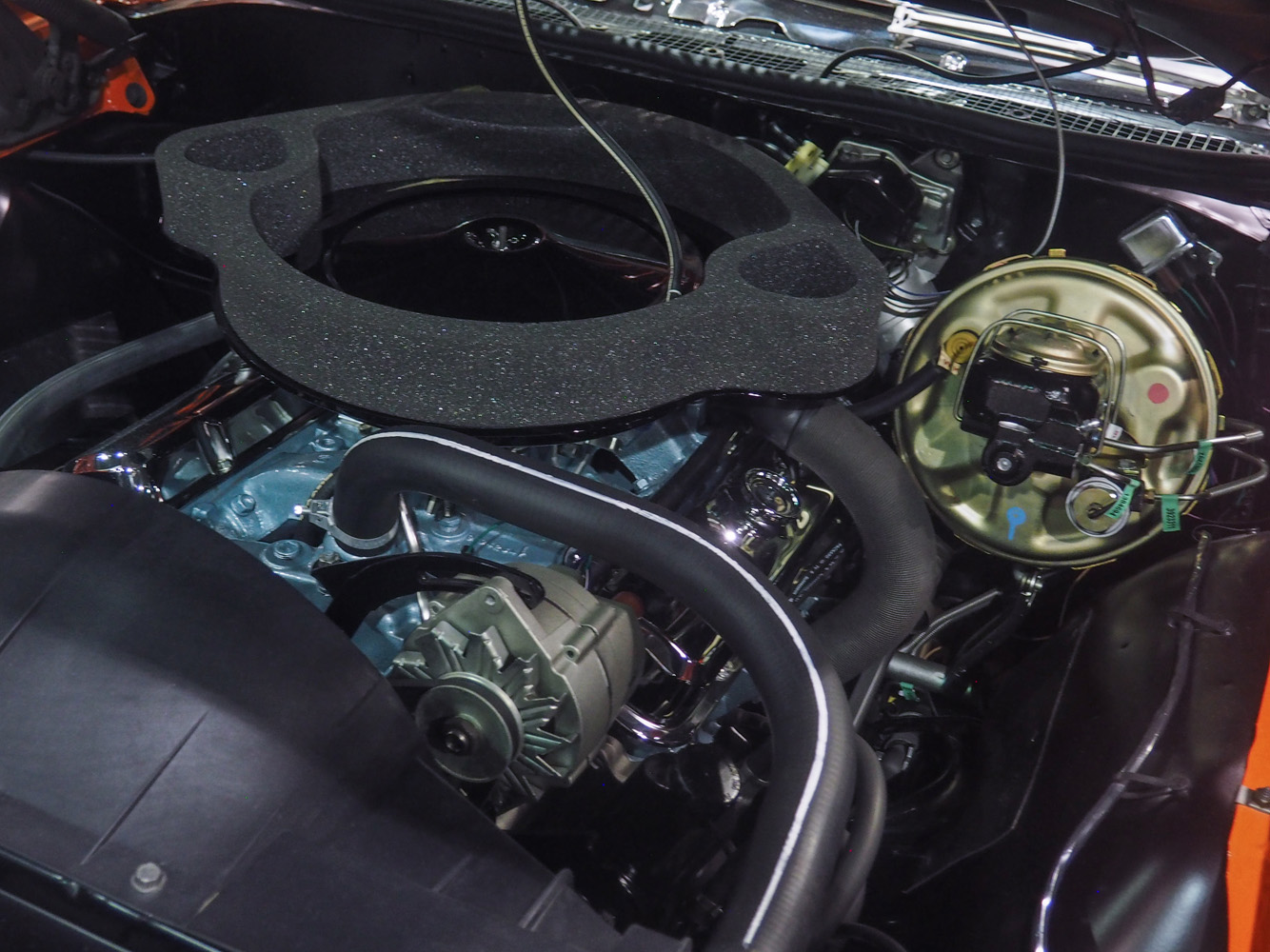

Officially called the 400 Ram Air, the 366-horsepower Ram Air III was largely the previous year’s 400 HO with standard air induction plumbing. The 744 cam was initially used but the 068 cam was later phased in. “48” or “16” heads were used depending on manual or automatic transmission, respectively. In 1970, compression was reduced a quarter-point thanks to “12” heads, but horsepower remained the same—identical to the Ram Air II, but they were two very different beasts.
1969–70 Ram Air IV

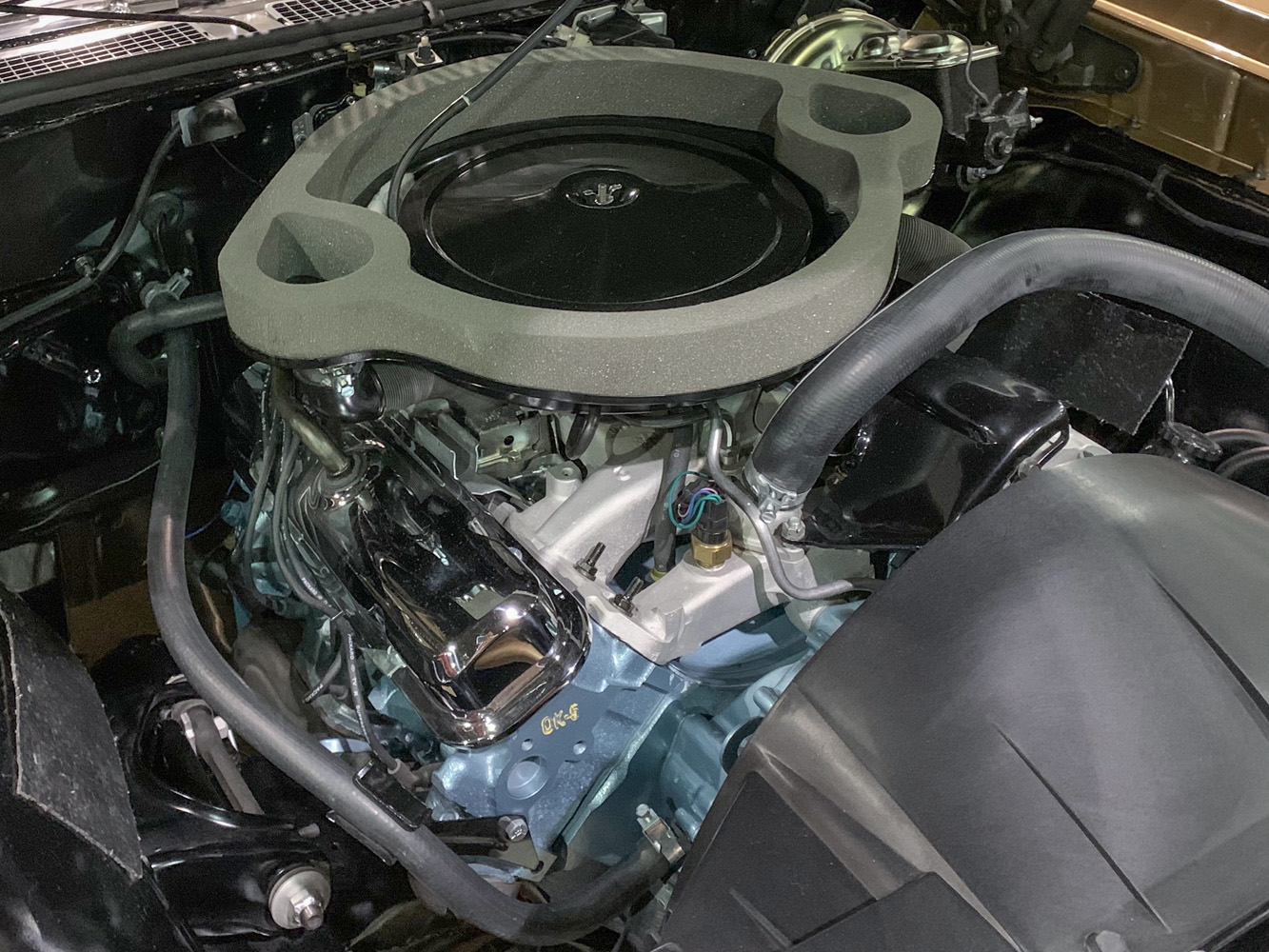
As the successor to the Ram Air II, the 370-horsepower RA IV is most often considered the most powerful GTO engine. It featured revised “722” round-port heads but shared the 041 cam. It initially was supposed to have four air intakes (the other two in the valence), but that didn’t make production. The engine was carried over into 1970 with a quarter-point compression cut courtesy of “614” heads but maintained the same horsepower rating.
1971–72 455 HO

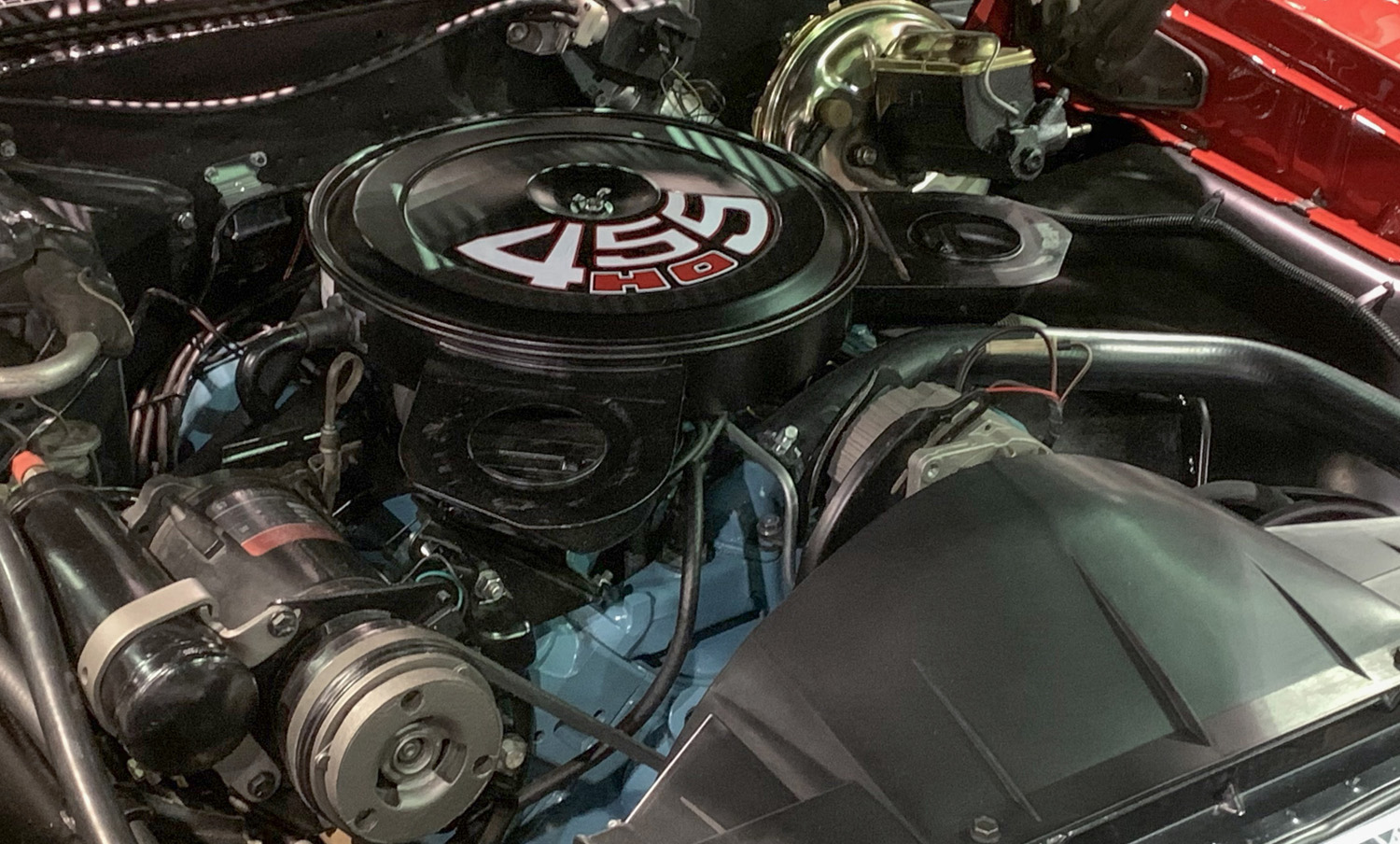
The year 1971 was a difficult one at GM because the corporation decided to lower compression on its engines a year earlier than the government mandate. Pontiac rose to the occasion, did what it did best, and created the 455 HO. With round-port heads (but with 8.4:1 compression) and the 068 cam, the engine was rated at 335 gross/310 net. Interestingly, air induction was not standard with the 455 HO except on the Judge; for 1972, it was mandatory. Heads (“7F6”) were slightly tweaked but overall the engine was the same.
The successor to the 455 HO was the 1973–74 Super Duty, which was planned but never installed in the GTO. Nonetheless, it was living proof that Pontiac was unique in how it marginally evolved its top engines during the era.

